|
Leica MD-Post |
Manufactured or assembled in Germany from 1958 to (After) 1958.
Index of rarity in France: Rare (among non-specialized garage sales)
Inventory number: 11437
See the complete technical specifications
Chronology of cameras Leica

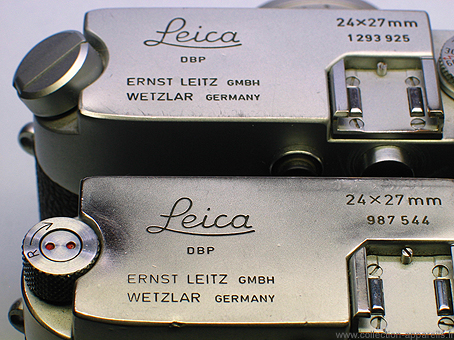
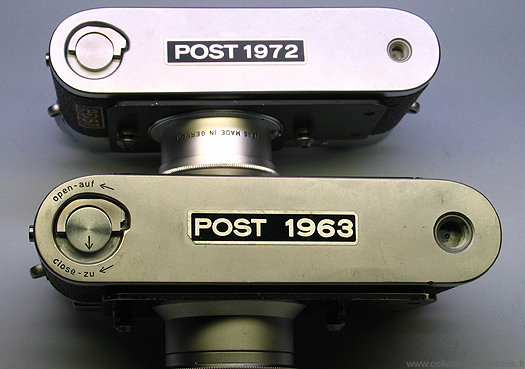

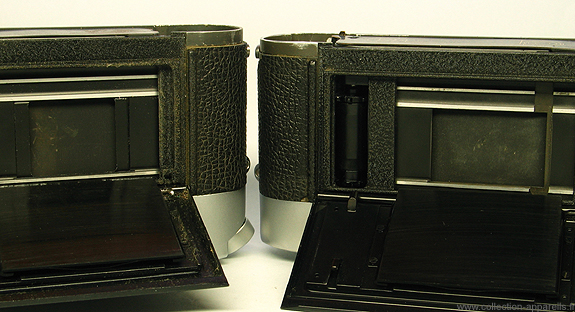
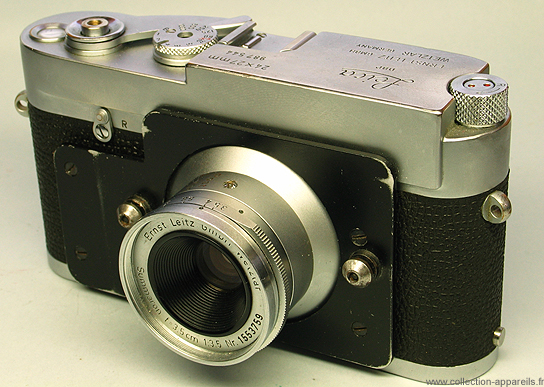
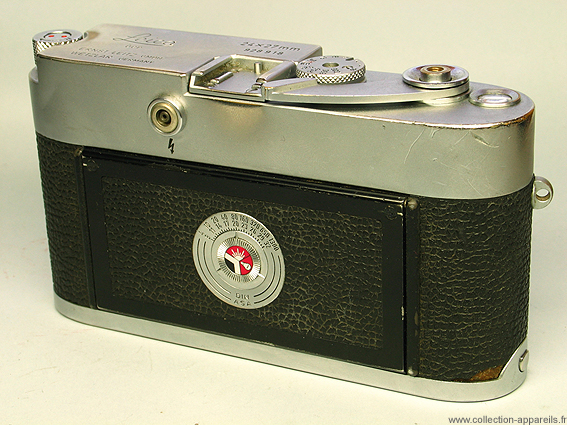
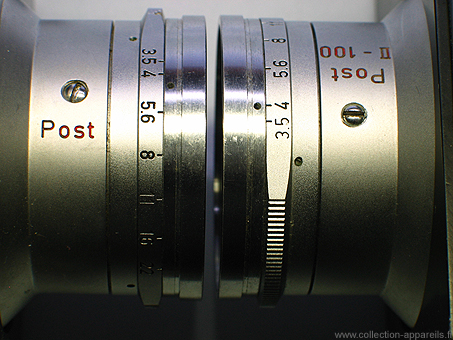
Interesting links or bibliography :
Add a link or element of bibliography, a picture taken with this camera, a picture of box or an ads about this camera
Your photos taken with the same camera:
Cameras from Ebay France (Leica) (Uploaded each 3 hours)



























